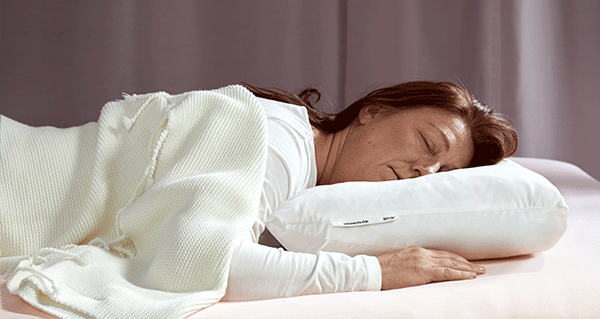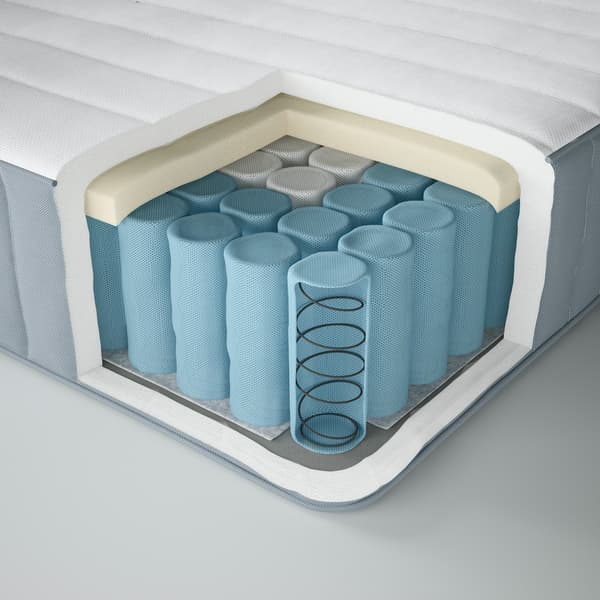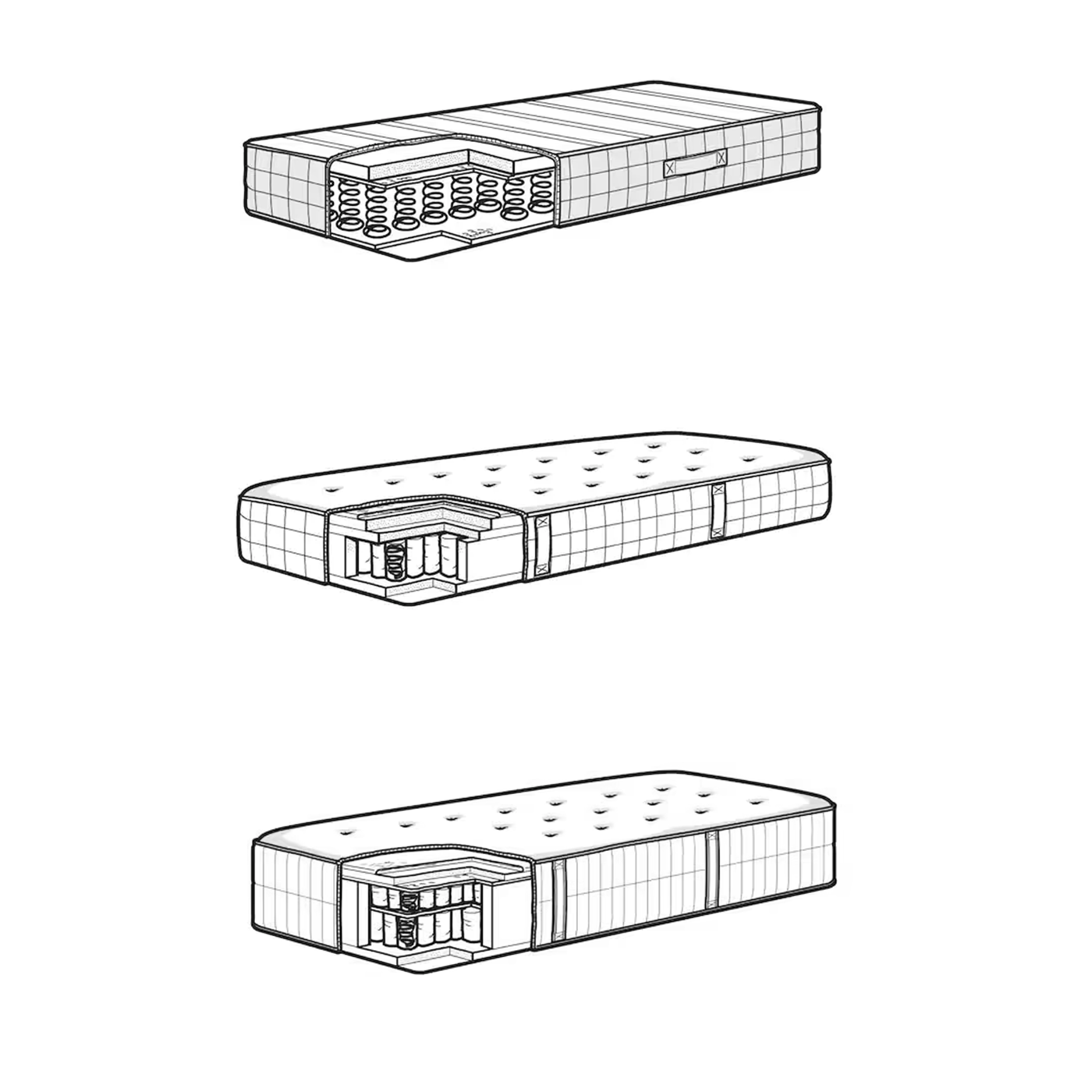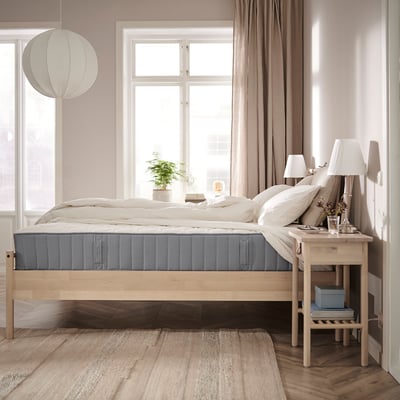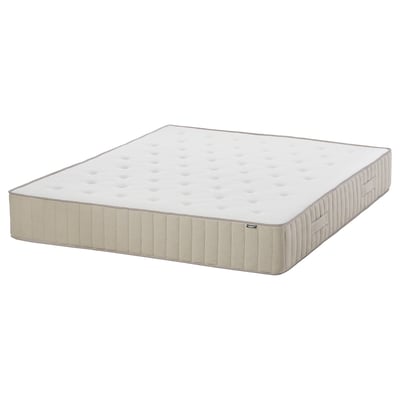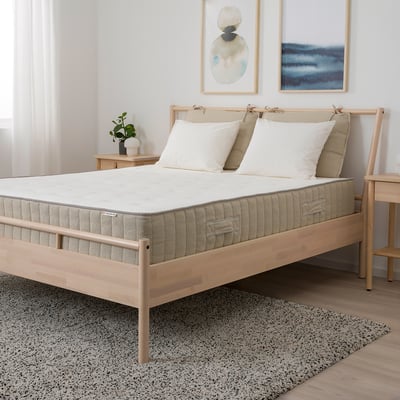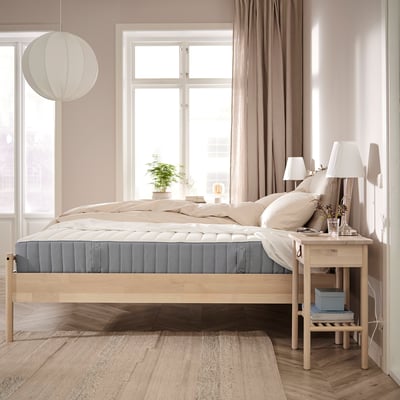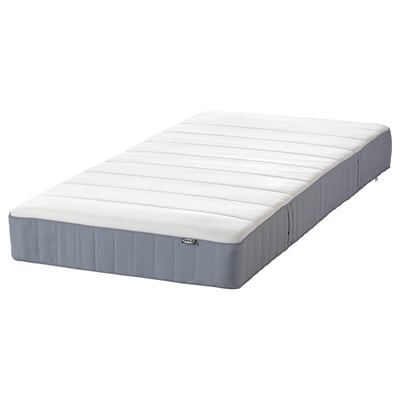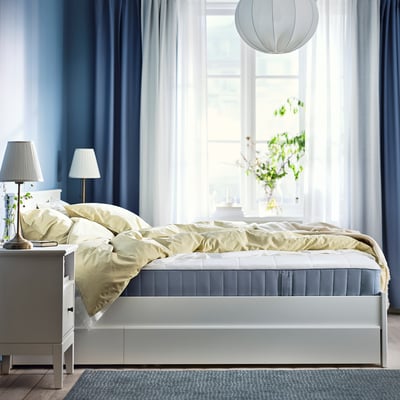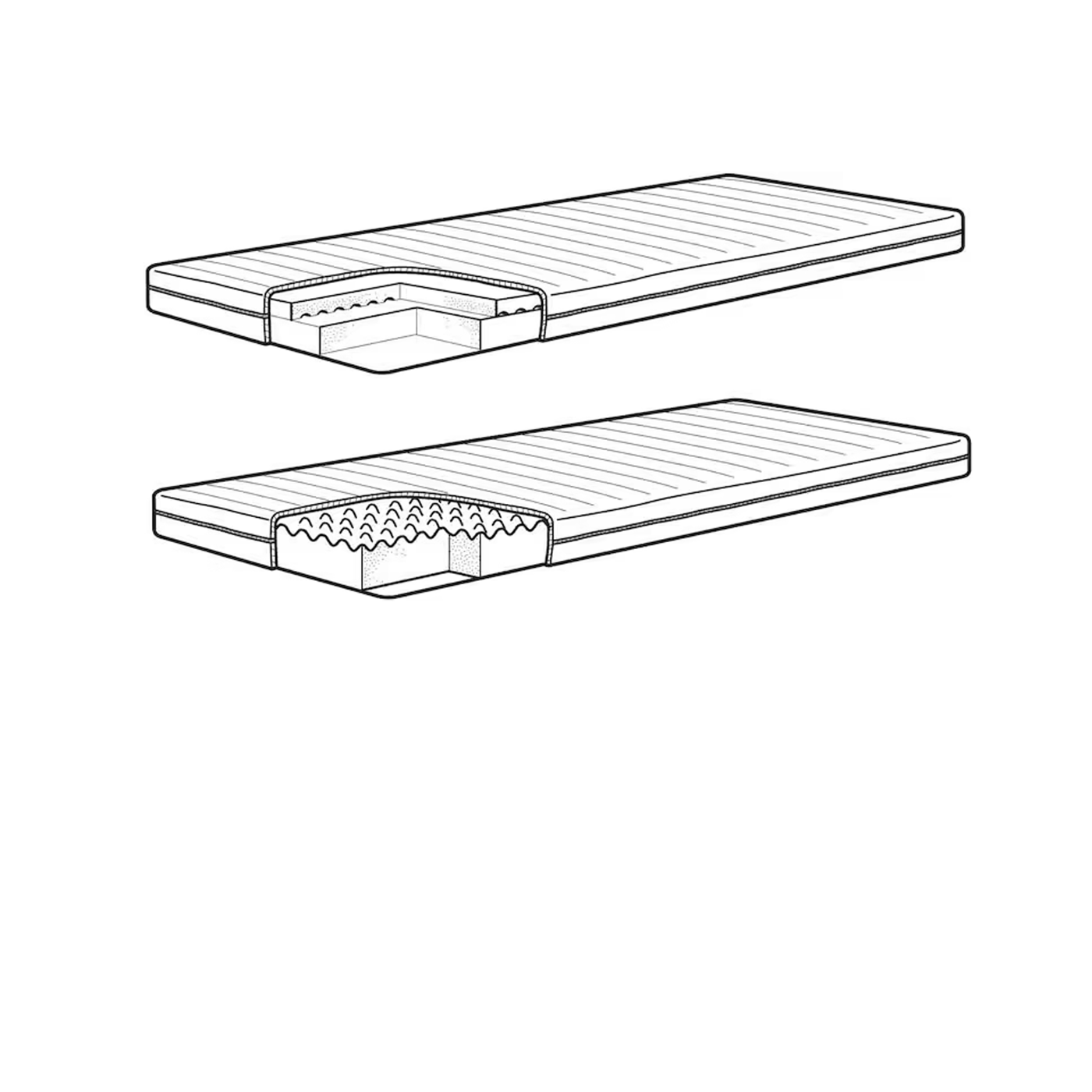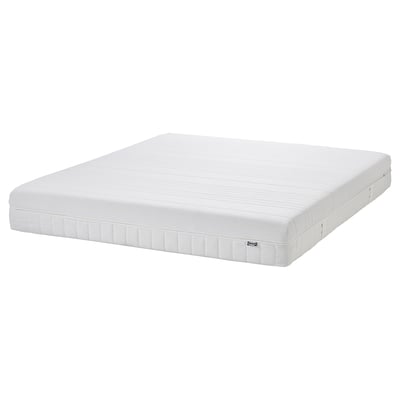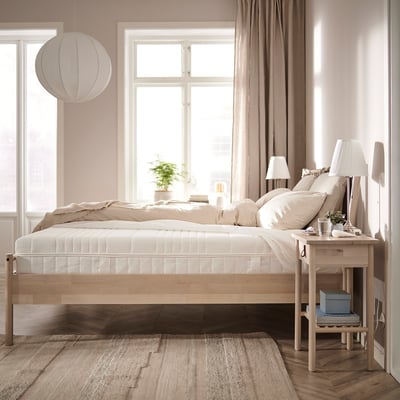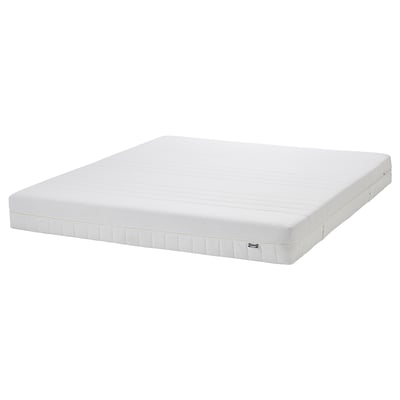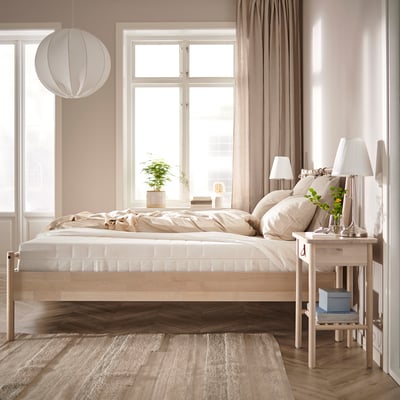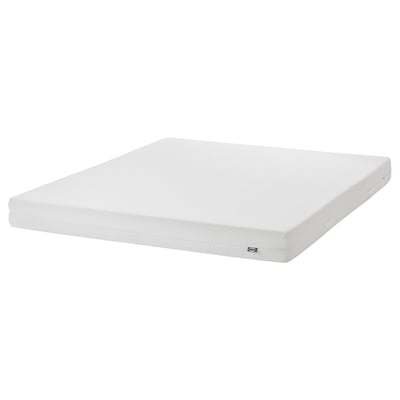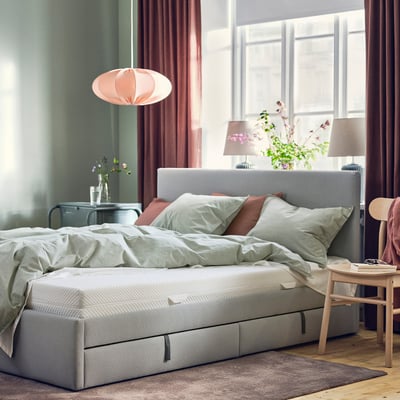Which mattress suits me?
For a good night's sleep you need a comfortable mattress that really suits you. To know which mattress suits you, it is good to know what to look out for. Read more here about what to look for when finding the right mattress.
Which mattress suits my sleeping position?
How do I choose a mattress? We have to look at different elements. The best mattress is a comfortable mattress. It should provide sufficient support and optimize conditions for muscle relaxation, regardless of the position you sleep in. And good news: everyone can find the perfect mattress!
On average, each person changes their sleeping position 26 times a night. This is necessary to allow the spine and muscles to rest. In addition, the mattress should create the most comfortable conditions and support for the spine in any position.
Side sleeper
Do you prefer to sleep on your side? Then we recommend a medium-firm mattress. The shoulders and hips are wider and heavier than the rest of the body. A medium-firm mattress forms around the shoulders and hips, but also provides support to the rest of the body. This support keeps the spine in a neutral position and therefore the muscles are relaxed. To properly support the head and neck in the side-lying position, it is best to use a high pillow.
Do you snore (even if you secretly don't want to admit it)? Then the side sleeper position is recommended.
Back sleeper
Are you a back sleeper? Then you need a mattress that supports the neck and the lower part of the spine. A slightly firmer mattress prevents the neck and lower back from sinking too deeply into the mattress. Sleeping on your back is the best way to support the natural S-curvature of the spine. Compared to the side sleeper, the back sleeper distributes the weight more evenly.
A lower pillow is best for this. This provides good support for the neck and prevents the head from tilting forward or backward.
Stomach sleeper
We do not recommend sleeping on your stomach. If you like to sleep on your stomach, it is important that the mattress provides even support for your entire body. A firmer mattress is therefore best suited for a stomach sleeper. When lying prone, the cervical spine is particularly stressed, and an unsuitable mattress can worsen the situation. That is why choosing the right pillow is so important in this case.
To optimally support your head when you lie on your stomach, use a low pillow so that your neck does not bend backwards.

People differ in sizes and shapes, and so do our mattresses
How do you choose the right mattress for your body type? Choosing a mattress can be frustrating. There are a lot of options. But don't worry, there is a simple solution. Let your body decide. You now know that different sleeping positions require different mattresses. It is also good to look at your posture, weight and height. Read more about these aspects below:
What different types of mattresses are there?
We have many different types of mattresses. To understand why we have so many mattresses, we would like to explain the difference between different types. Each type has many different options so you can find the right level of comfort and support for a good night's sleep.
Construction of a mattress
It is first of all useful to know what a mattress looks like on the inside.
- The supporting layer: the core of the mattress is made of (pocket) springs, foam or latex, or a combination of these materials. The core's job is to support the body.
- The comfort layer: This layer can be made of different types of foam or latex and then covered with natural materials. The task of the comfort layer is to provide surface comfort, as it is closest to the body. The varying materials mean that comfort properties and price differ.
- The cover: which covers the support layer and the comfort layer. Mattresses generally have covers made of a mix of cotton and polyester. The more cotton the cover has, the softer it feels and the more microclimate properties it has.
Types of mattresses
Modern mattresses are divided into spring and non-spring mattresses based on the type of filling. Each of the two types has its own features and benefits. Below we will tell you about each of them, so you can choose the mattress that is right for you.
Keep or change? You have 90 days to decide
It will take some time for you and your new mattress to get used to each other. That's why you have 90 days (and nights) to make sure you're happy with your choice. If you are not satisfied, you can exchange the mattress for another one.


